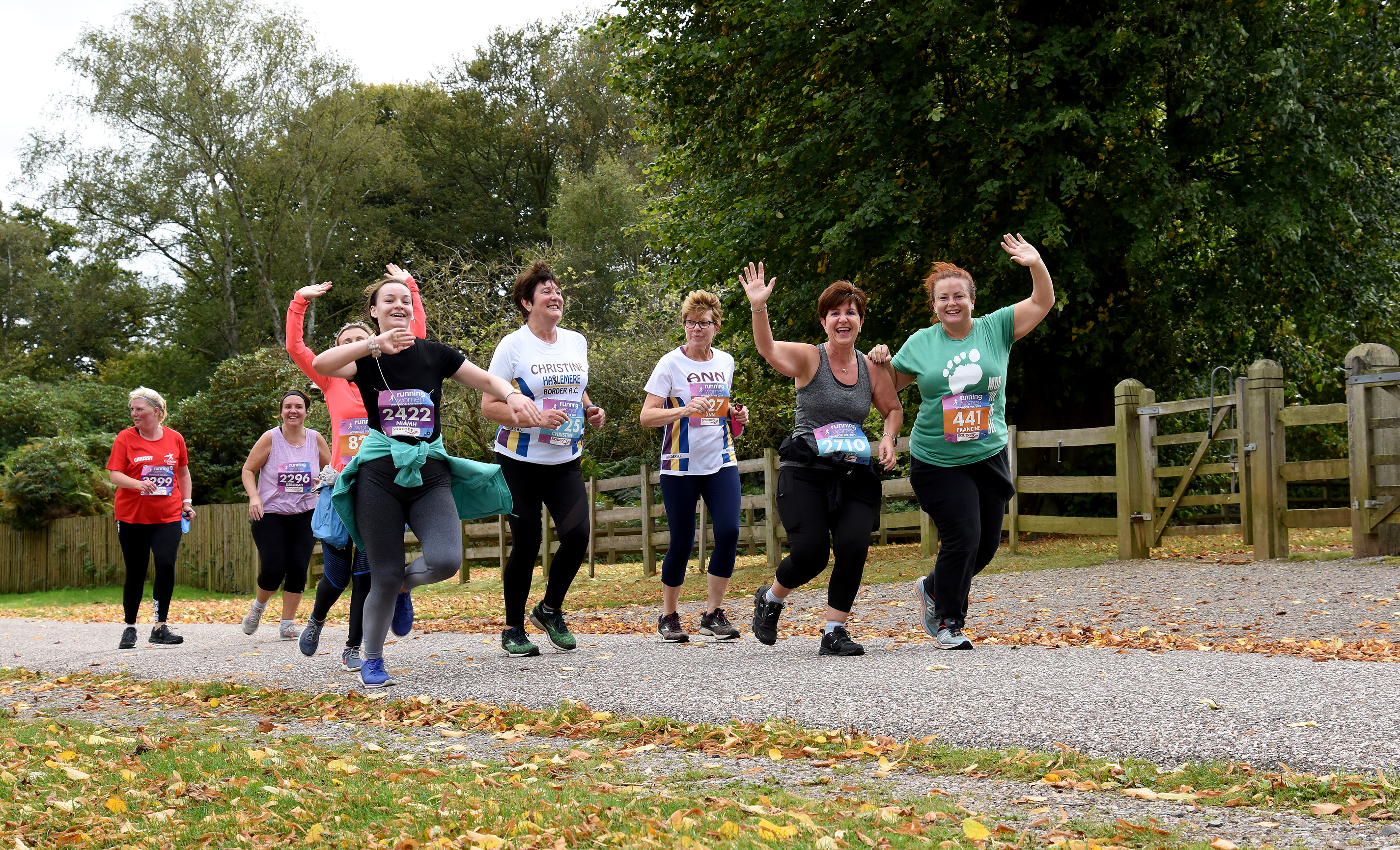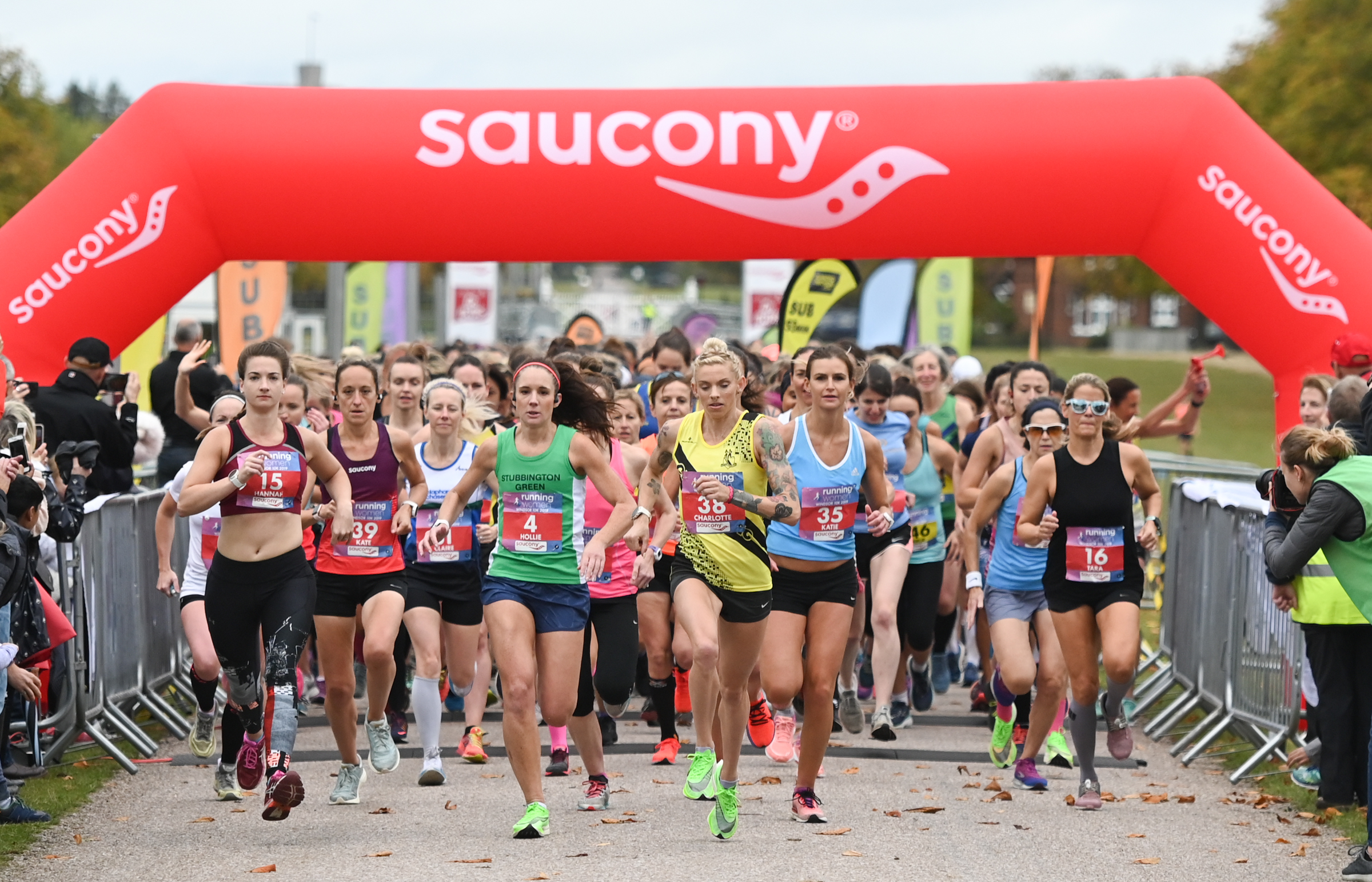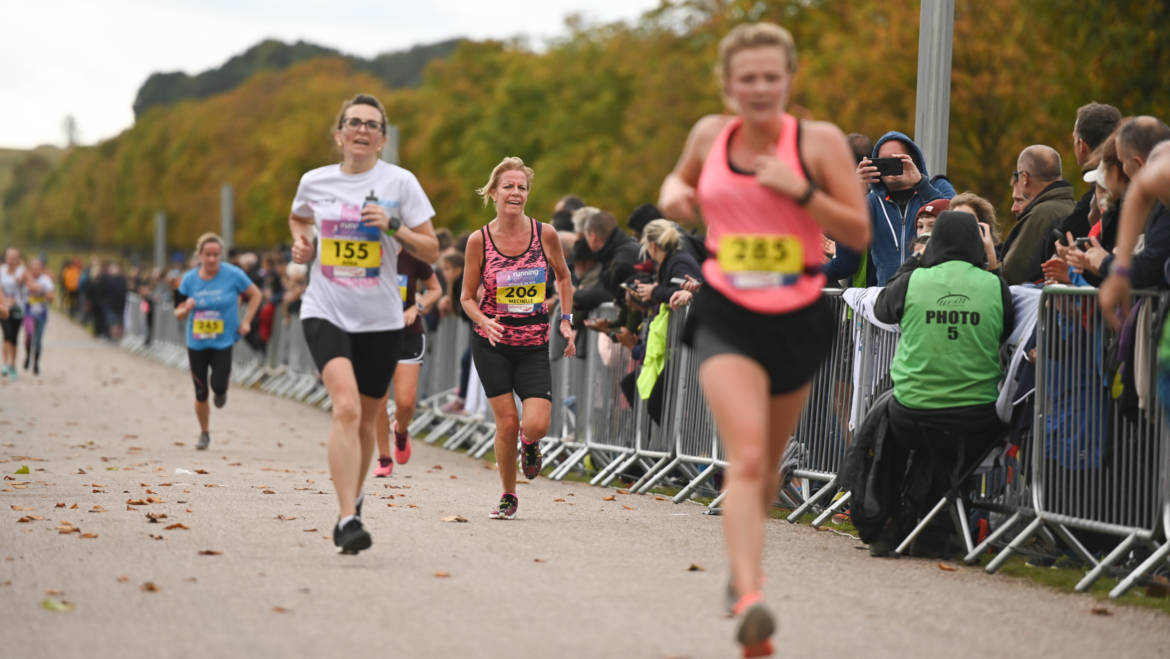How, When, & Why To Add Speedwork To Your 10K Training Plan
Speed work sessions will help you run a faster 10K race – here’s how to do it.
Everyone knows they need to do speed work, but not everyone does it! If you’re confused or intimidated by the idea of speed work, have a read of this. We explain why speed work is so useful for 10K training, and how to select speed work sessions to match your experience and fitness levels. Speed work should be challenging, but not painful or impossible! Here’s how to get it right so you progress (and actually enjoy it!)
What Is Speed Work?
It would help if people explained what speed work actually means. Speed work does not have to mean sprints, or training sessions done on a running track. You don’t have to be athletic, fit, or fast to do speed work properly. Any running which is faster than your regular comfortable pace is speed work. Official speed work sessions include lactate/anaerobic threshold runs (steady runs at a moderately hard effort – like tempo runs), and training sessions done at VO2max pace (the measure of how much oxygen your body can use). The latter tends to be any runs at your 2-3 mile race pace or faster.
So you can see that speed work doesn’t have to be short, sharp sprints. It can be anything done at around 5K-race pace. We’ll list different types of speed work sessions – and their benefits – later in this article.
What Speed Work Is NOT!
#1.…only for fast runners
There are no entry-level requirements to do speed work. You don’t have to have a certain race PB, or be able to hold a certain pace per mile, and you certainly don’t need to be a shape, size, or weight. Speed work is relative to you and your current fitness levels. Your body doesn’t know what anyone else is doing. It only knows what feels like “effort” for you. Yes, fast runners and record holders do speed work. But so should you! Yours will just be a bit slower than theirs, that’s all.
#2 …always done on a track or treadmill
The track is a great place to do your speed work, because it’s flat and measured out. But you do not have to do speed work on a track (or a treadmill). You can do speed work anywhere that is safe. That includes trails, pavements, parks, and playing fields. In fact, using varied terrain for your speed work will pay off on race day. After all, you’re not going to race on a track or a treadmill, are you?
#3 …all-out sprint sessions
Many runners assume that speed work means all-out, lung-busting sprints. Whilst these can be a factor in your speed work, they shouldn’t be the only kind of speed work you do. There are lots of different kinds of speed work sessions, and all of them will benefit your base fitness, endurance, strength, power, and cardiovascular ability.
3 Reasons To Do Speed Work
#1 Maximally activate your slow-twitch muscles and intermediate muscle fibres to increase aerobic capacity – this will help you run any distance faster (even long distance races)
#2 Increase your production of myoglobin in your muscles, which gives your muscles energy by transporting oxygen around. More myoglobin, more oxygen (more quickly) to working muscles. Speed work is the very best training method for this.
#3 Help your body store more glycogen (energy). This makes it important for every race distance – even half marathon and full marathon. The more glycogen you can store, the further and faster you can run before “hitting the wall”.
How Often Should You Do Speed Work?
For 10K training, you should do 1-2 speed work sessions per week. As race day gets closer, you could drop to one speed work session – but make sure you crank up the intensity. Don’t worry about doing speed work in your base fitness phase, when you have no race on the horizon. Save it for your dedicated 12-16 week training period.
3 Speed Work Sessions For 10K Training
Mile repeats
Run 1-2 miles to warm up. Then run 4 x 1 mile (at slightly faster than 10K race pace), with 3 minutes jogging between each mile rep. Warm down to finish.
Half pyramid
Warm up. Then run 400m, 800m, 1200m, 1600m, 2000m with a 2-3 minute jog between each effort. The efforts should be run slightly faster than 10K race pace. Warm down.
5K fast
Warm up. Then run 5 x 1000m, with the first 800m at 10K race pace, and the final 200m at 5K pace. Jog for 3 minutes between each 1000m effort. Warm down.
Windsor Women’s 10k Saturday 28th September Click here to enter today.
Similar Posts:
- How, When, & Why To Add Speedwork To Your 10K Training Plan
- How To Run Your Fastest 10K Yet
- 9 Tips For Running Your First 10K
- How To Find Your Fitness Starting Point
- 10 Tips For Running Your Best 10K
- How To Run Negative Splits In Your Next Race



